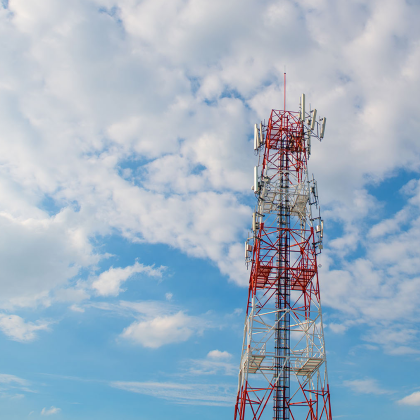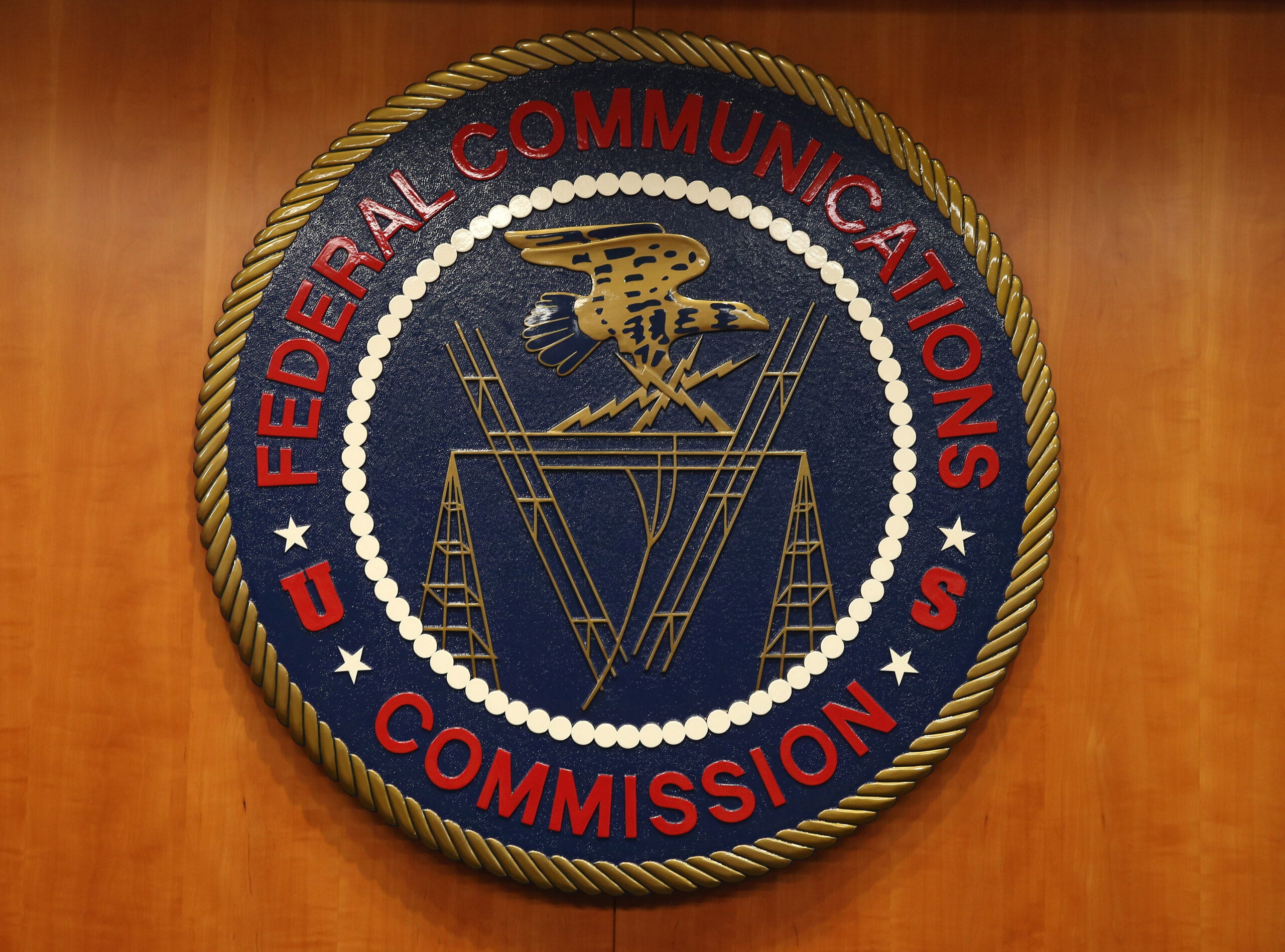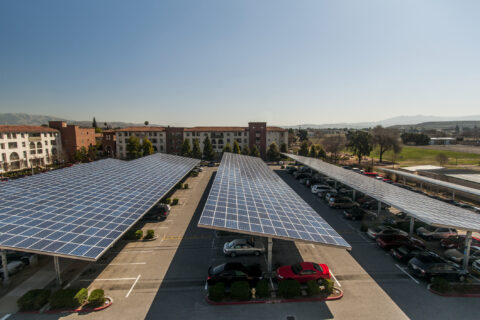During its October open meeting, the Federal Communications Commission (FCC) voted 3-2 on a report and order to modify how wireless companies can alter or expand existing wireless towers through a must-approve process for local governments. The FCC has yet to release the final text of the order as voted on, but a draft is available, and the final order should be published on the October meeting page.
The FCC built upon previously-established regulations for Section 6409(a) of the Middle-Class Tax Relief and Job Creation Act of 2012 (“Spectrum Act”), which prohibits local governments from denying eligible facilities’ requests to modify existing wireless towers or stations if the modification does not substantially change the dimensions of the facility. These rules apply to “macro” wireless towers, not small cells on buildings or in the right of way.
The major impact of the order is to create a new zone within a 30-foot radius of existing tower sites within which alterations such as excavation or deployment of transmission equipment would be a must-approve modification under Section 6409 requirements. While the final order has not been released, Commissioner Brendan Carr indicated that the allowable deployments within that 30-foot space would be limited to “transmission equipment,” an improvement from the draft released prior to the meeting.
Local governments were also successful in advocating that the rule change be limited to tower sites as the boundaries most recently reviewed and approved by the local government. The rule change does not include easements – which should help to address local concerns about expansion creeping without limit into easements, or the 30-foot expansion zone expanding each time new equipment is added to grow larger and larger. NLC and its allies raised concerns repeatedly through the comment process about the ability for facilities to gradually creep larger and larger without limit over time.
NLC and its allies raised concerns repeatedly through the comment process about the ability for facilities to gradually creep larger and larger without limit over time.
The order also only applies to wireless towers, not in the right of way, and thus, explicitly excludes equipment attached to rooftops or other structures or municipal property, and does not limit the ability of local government to continue enforcing setback requirements or health and safety codes.
The FCC’s vote came shortly after an unrelated decision by the Ninth Circuit Court of Appeals deny a petition by local governments to rehear en banc an appeal of the FCC’s 2018 small cell regulations preempting local authority over small cell wireless sites in the right of way. This means that, at least for the time being, the decision made by the Ninth Circuit this year in City of Portland v. USA remains.
The Ninth Circuit decision struck down some of the FCC’s requirements regarding aesthetic regulations, specifically noting that the FCC’s requirement that local aesthetic regulations for small cells be “no more burdensome” than other infrastructure is contrary to statute, and that the requirement for aesthetic rules to be “objective” is arbitrary and capricious.

However, the court upheld the other portions of the order, including limits on fees, the requirement that aesthetic rules be published in advance and be “reasonable,” the shorter shot clock timelines for small cell review, and the ban on moratoria. The court also disagreed with arguments by industry parties that the FCC order was invalid because it should have included a “deemed granted” provision. Additionally, the court dismissed as moot an appeal brought by Montgomery County, Maryland objecting to the order based on the FCC’s failure to address RF emissions safety regulations.
While the court action does provide local governments with some protection for aesthetic rulemaking, it highlights the need for local governments to proactively plan their preferred approach to small cell deployment in the rights of way in collaboration with residents, rather than waiting to respond to pressure from industry during the franchise or master license agreement process or the start of an application shot clock. Local governments must determine if their costs of managing the siting process and state laws justify and allow them to assess compensation for use of municipal rights of way above the safe harbor limits in the 2018 order.
Cities must also keep fighting for a legislative solution. The Accelerating Broadband Development by Empowering Local Communities Act of 2019 (H.R. 530) and the Restoring Local Control Over Public Infrastructure Act of 2019 (S. 2012) would repeal the 2018 FCC rules and fully restore local decision making authority and ability to charge appropriately for use of public property. If your representatives and senators are not already cosponsors of that legislation, urge them to add their support and urge its inclusion in future legislative packages that address broadband infrastructure more broadly to ensure that local authority is part of future federal broadband planning.











